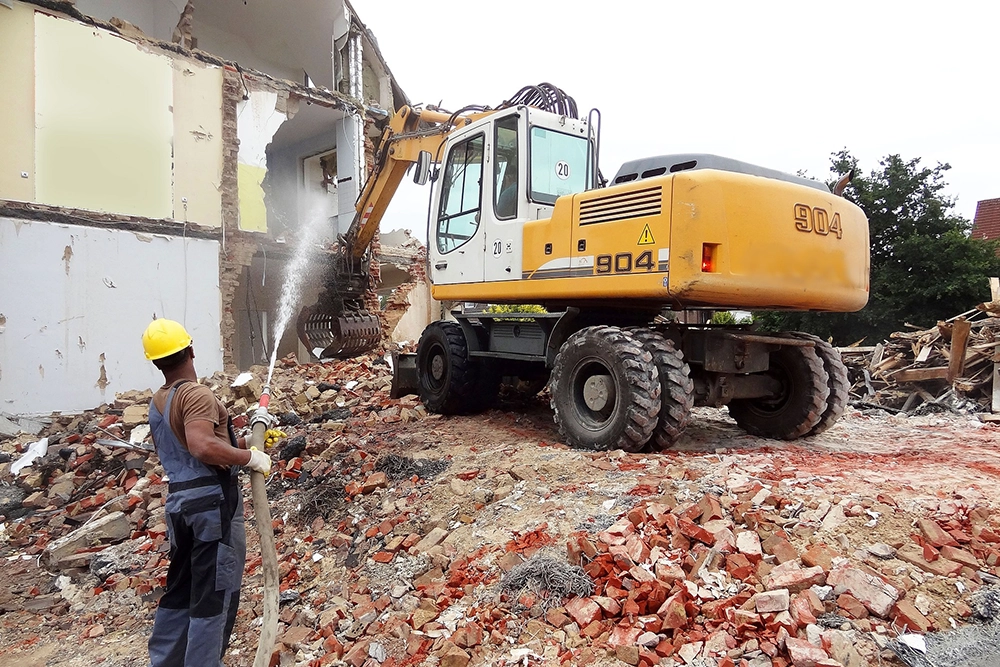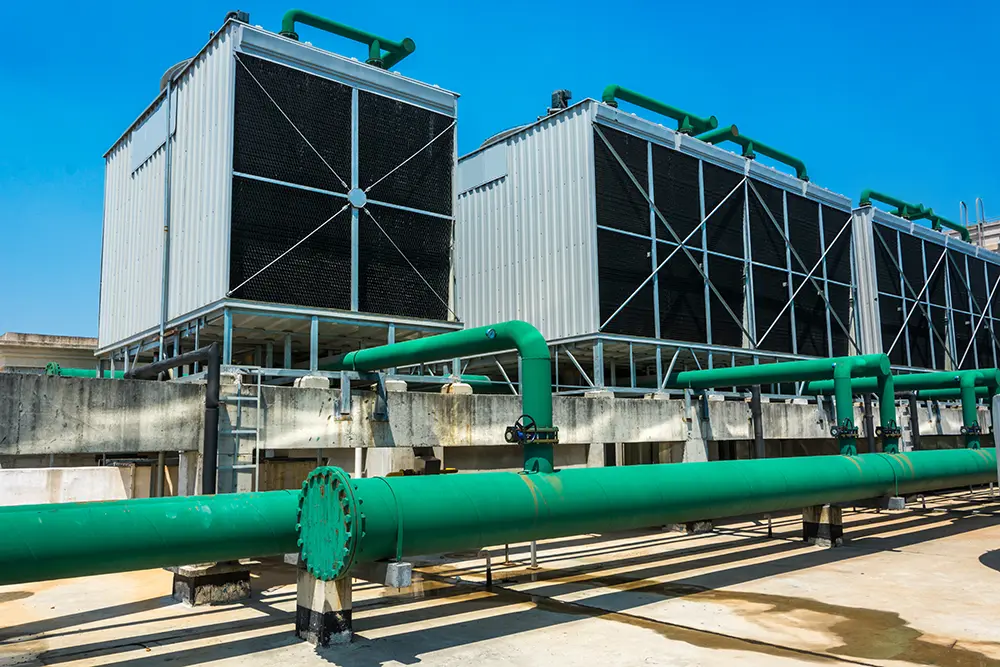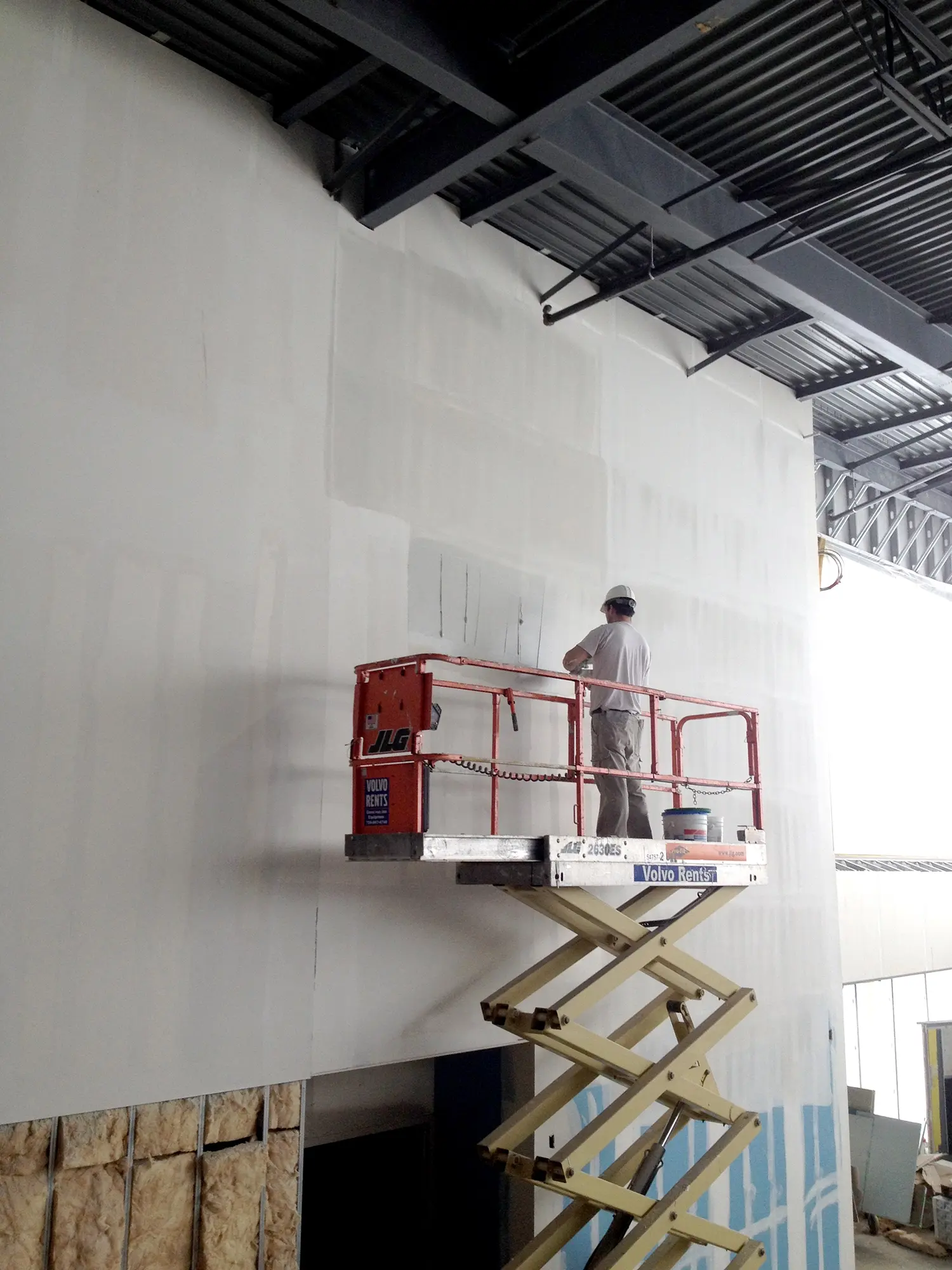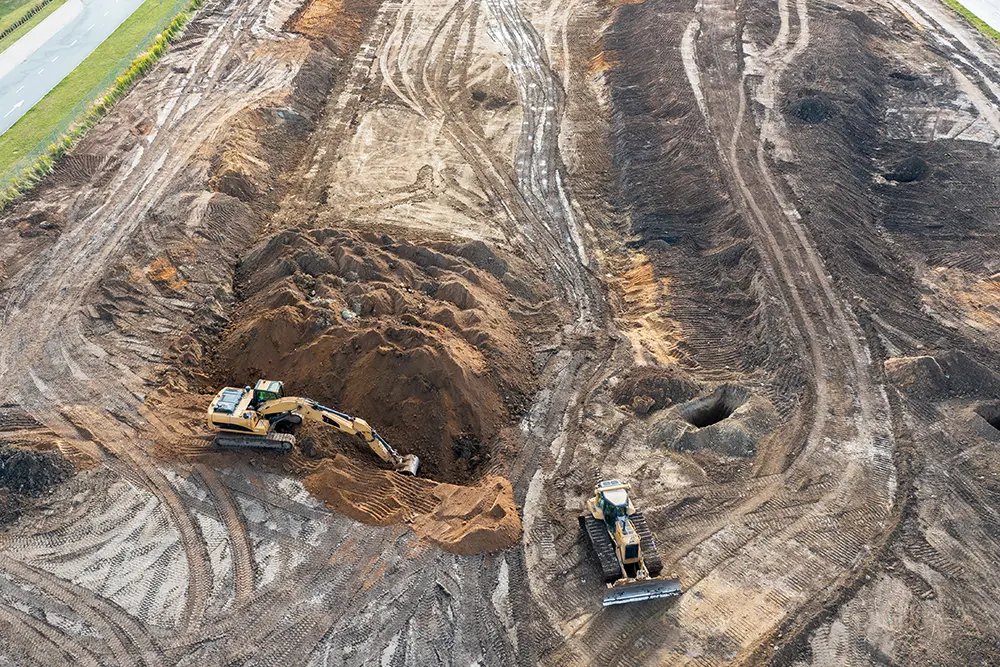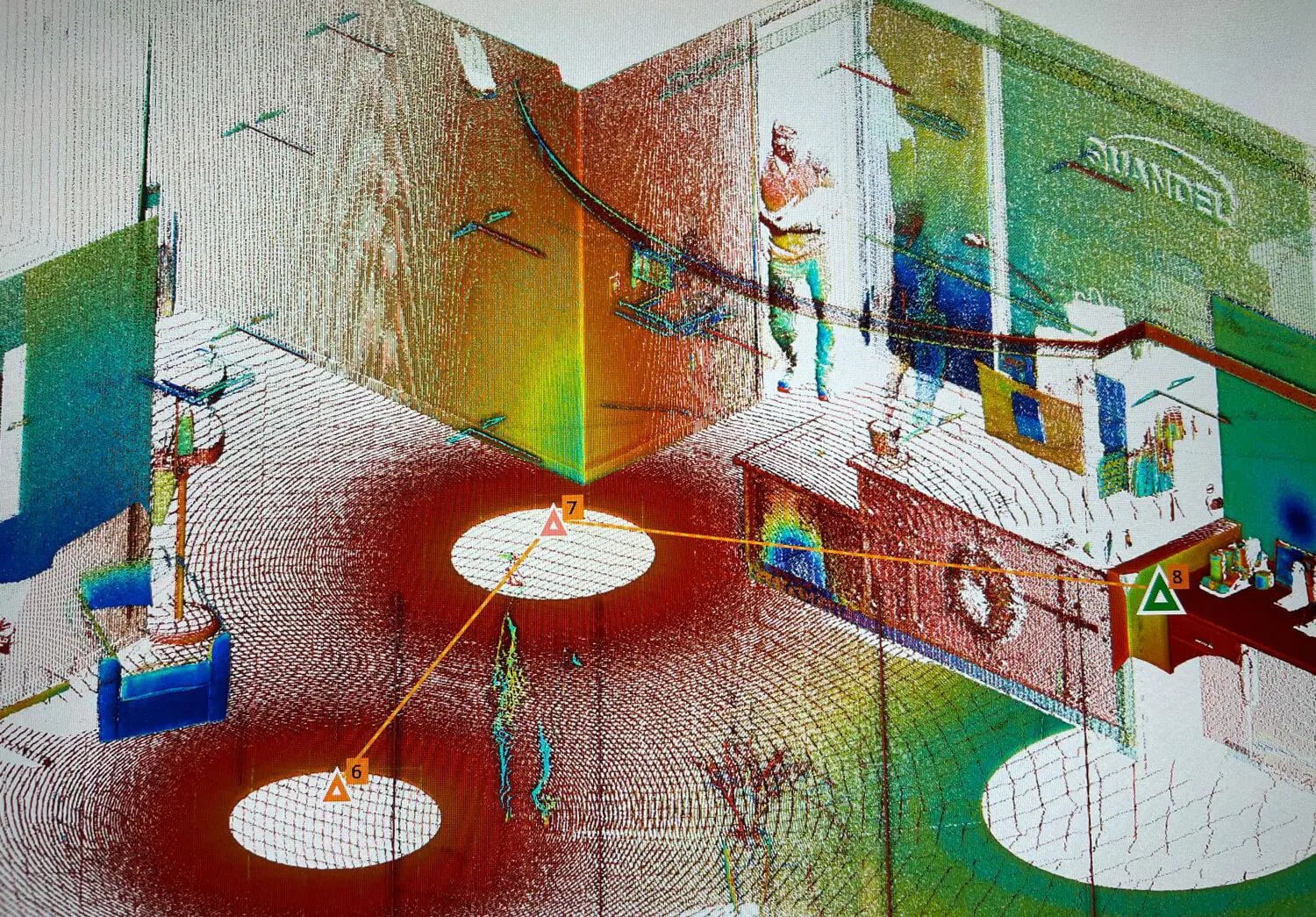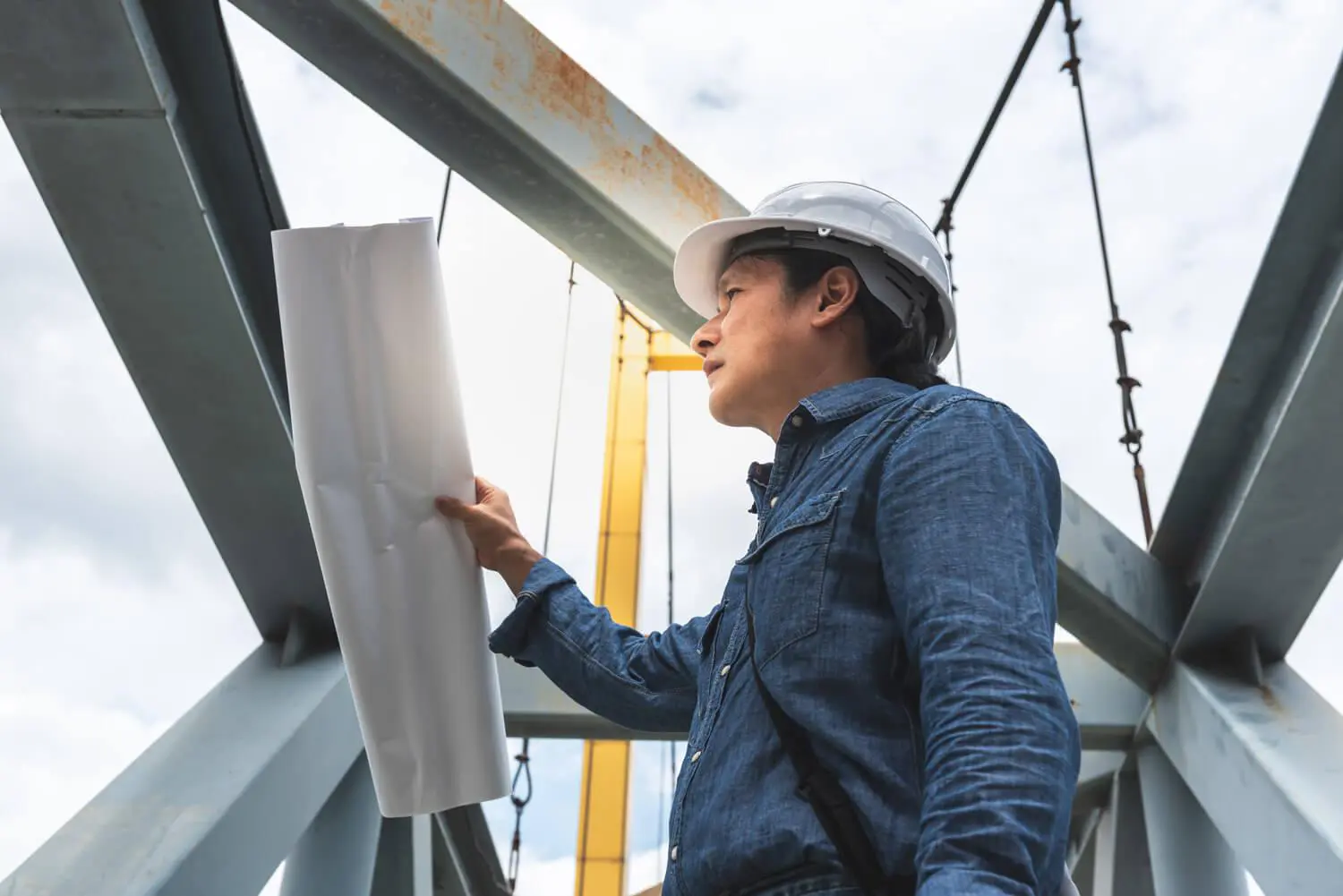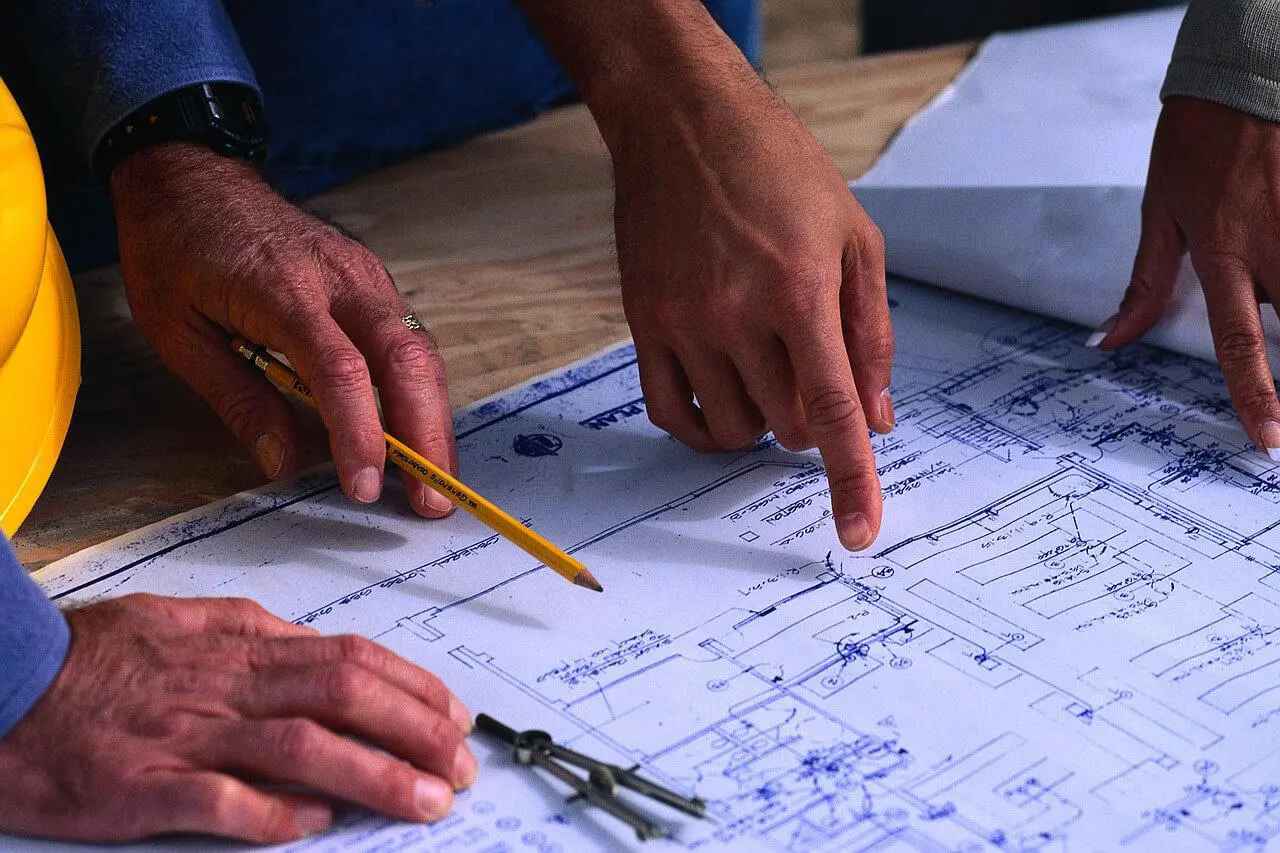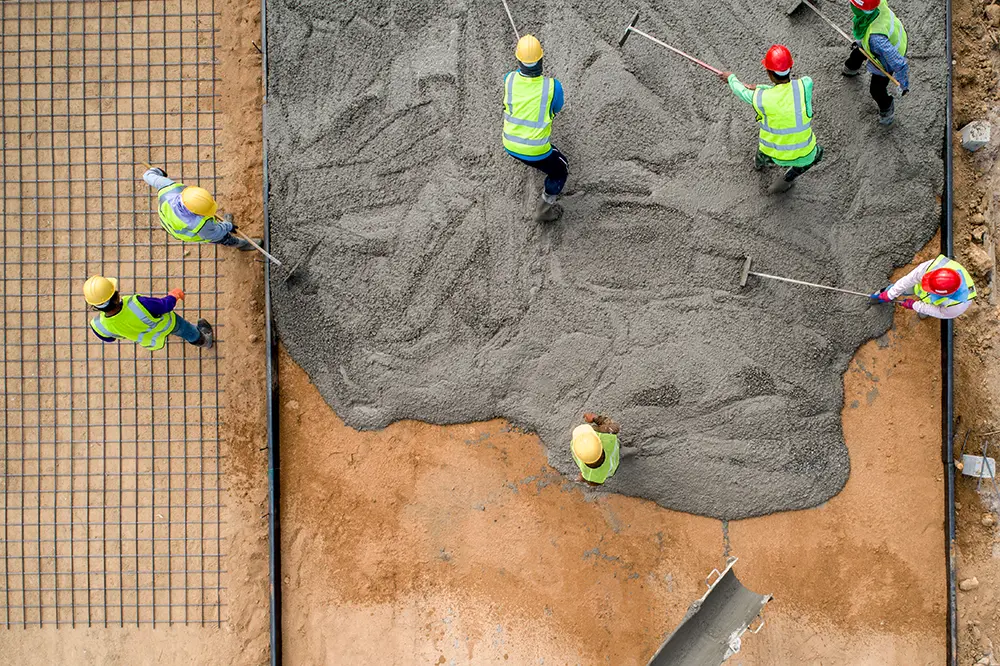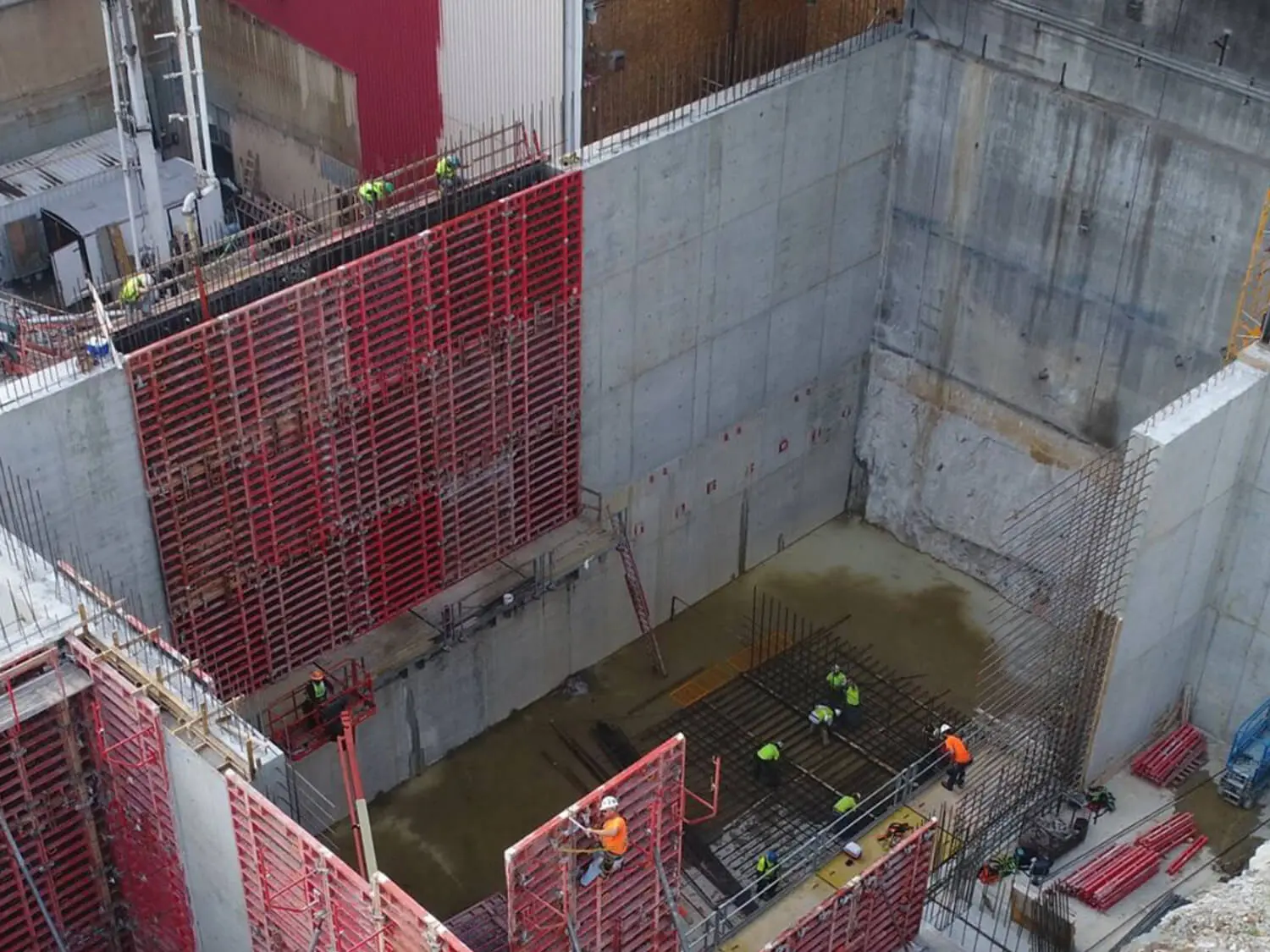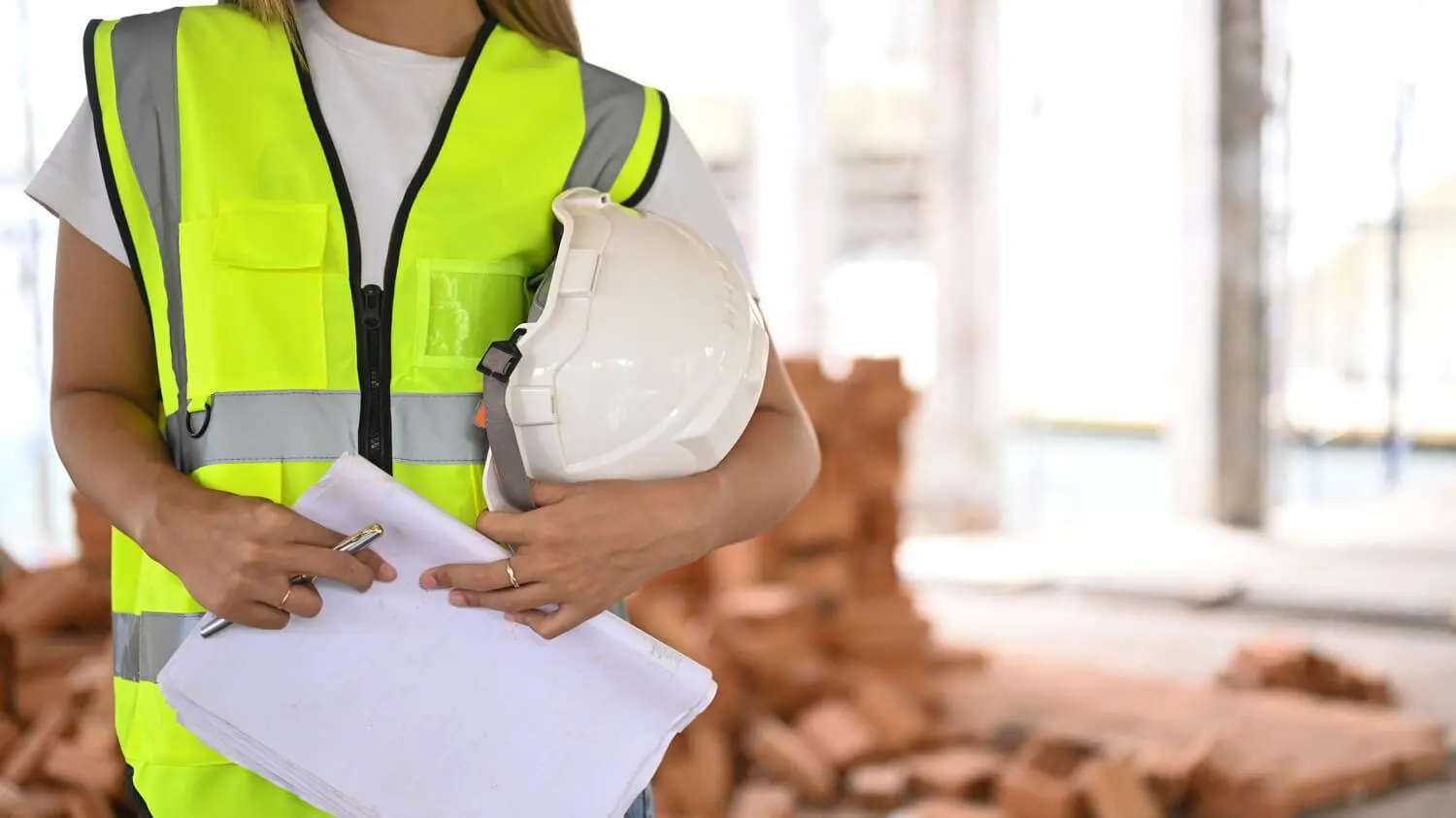Silica is a common mineral found in sand, rock, and various construction materials. Exposure to silica dust can lead to the development of silicosis, a serious and incurable lung disease. As an employer, it is essential to educate workers on the dangers of silica dust exposure and provide them with the necessary protective equipment to prevent illness. This safety talk will provide an overview of silica and its risks, identify common activities that generate silica dust, and discuss control measures to minimize exposure.
What is Silica?
Silica is a naturally occurring mineral found in many construction materials, including concrete, bricks, and tiles. The most abundant form of silica is quartz. When workers cut, grind, or drill these materials, they may inhale silica dust, which can accumulate in the lungs and cause damage over time. Silicosis is an incurable disease that results from prolonged exposure to silica dust. The symptoms of silicosis may not appear for years, making it essential to prevent exposure before damage occurs.
Common Activities that Generate Silica Dust
Several construction activities generate silica dust, and workers who engage in these tasks are at high risk of exposure. These activities include:
- Cutting, grinding, or drilling rock, concrete, or masonry
- Crushing, loading, hauling, or dumping rock
- Demolition of concrete or masonry structures
- Façade renovation, including tuckpoint work
- Abrasive blasting and hydro-blasting of concrete
- Cleanup activities such as dry sweeping or pressurized air blowing of concrete or sand dust
- Tunneling, excavation, and earth moving of soils with high silica content.
Control Measures to Minimize Exposure
The most effective way to prevent silicosis is to minimize the amount of silica dust that workers inhale. Employers must implement control measures to protect their workers from silica dust exposure. These measures include:
- Use water or a vacuum at the point of operation when drilling, cutting, chipping, or sanding on silica-containing materials. Water or vacuum must be continuous.
- Use water or a vacuum during demolition activities to control dust.
- Use water or a vacuum when using a jackhammer. If water or vacuum units are not available, another employee could continuously spray water or use a vacuum on the point of operation.
- Use a walk-behind saw with water when working indoors. Operators must also wear a respirator as per OSHA regulations.
- Clean up dust with a vacuum or wet method instead of dry sweeping or using pressurized air.
- Provide adequate ventilation in enclosed workspaces where silica dust may accumulate.
Respirator Use
When respiratory protection is necessary to protect against silica dust exposure, employers must have their workers follow proper respiratory protection protocols.
- These include:
- Workers must be clean-shaven to achieve a proper fit of the respirator.
- Workers must be medically cleared to wear a respirator.
- Workers must be fit-tested to have the proper size of respirator.
- Workers must be trained on the proper use of the respirator and its limitations
Summary
Silica dust is a significant health hazard for construction workers. Silicosis is a preventable but incurable disease caused by prolonged exposure to silica dust. Employers must take measures to protect their workers from silica dust exposure by implementing control measures, providing appropriate respiratory protection, and educating workers on the dangers of silica dust. By following these measures, employers can prevent the development of silicosis.
OSHA. (n.d.). Silica. Retrieved from https://www.osha.gov/silica


